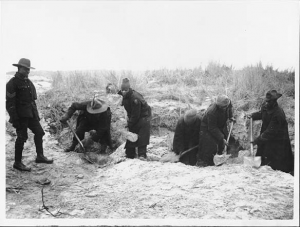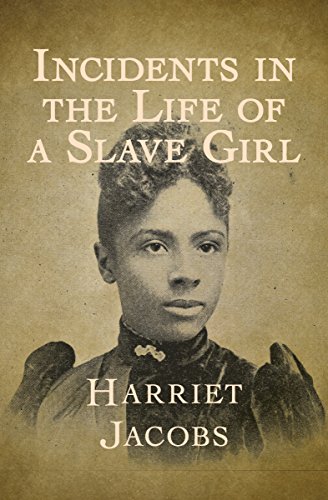I am going to discuss David Killingray’s chapter “To do something for the race: Harold Moody and the League of Coloured Peoples” in Black Intellectuals in Britain. The main points discussed in this chapter are the influences on Moody’s views and interpretations of race relations in Britain and how he applied these views throughout his life and career.
The key arguments in this chapter are that his early life in Jamaica, conversion to Christianity and scientific knowledge helped to shape his ideas and perceptions of race in Britain. Killingray explains how being exposed to a social order and hierarchy based on colour during his upbringing in Jamaica shaped Moody’s later views on race, while scientific perceptions of all men being equal and his conversion to Christianity as a teenager in the 1890s underpinned all his ideas on humanity and race. Moody used the accepted Christian view that all people were equal in the eyes of God to counter the Colour Bar, arguing that it was totally contrary to the teachings of Jesus. Killingray also discusses the creation of the League of Coloured Peoples, which Moody wished to be led solely by black people.
Killingray uses a wealth of primary evidence and works written by Moody himself including repeated references to the Moody papers giving a personal account of his earlier life and views that he held while in Jamaica, for example, that he himself looked down upon African peoples. Newspaper articles from the Express & Star and references to Youth and Race a Christian pamphlet by Moody are also used to support his arguments of the influence of Christianity and scientific knowledge and how they underpin Moody’s views on race relations. In addition, Killingray briefly cites the works of Jeffrey Green, Herbert Aptheker, Sam Morris and others to support his arguments, however the names of these scholars are only discussed in the footnotes rather than being mentioned explicitly in the text, as Killingray engages more with primary evidence.
The chapter fits well into this week’s theme – Inter-War Society and Politics – as is discusses Harold Moody and the League of Coloured People which are both prominent issues in this week’s content. Also, this chapter is overwhelmingly positive about Moody, in contrast to criticisms he received that he was an ‘Uncle Tom’ figure under the control of his “imperialist masters”. The Colour Bar is a term used which may not be known to the group until this week. It was the discrimination – usually implemented by employers, landlords or businesses – against people of colour. This included refusal to rent property to people of colour, refusal of employment or services and unequal access to the same opportunities as white people. Overall, Killingray’s chapter is convincing due to it’s in depth use of both primary and secondary evidence in support of his arguments. He also went into great depth about Moody’s influences – more so than other scholars – and the activities of the League of Coloured People.


